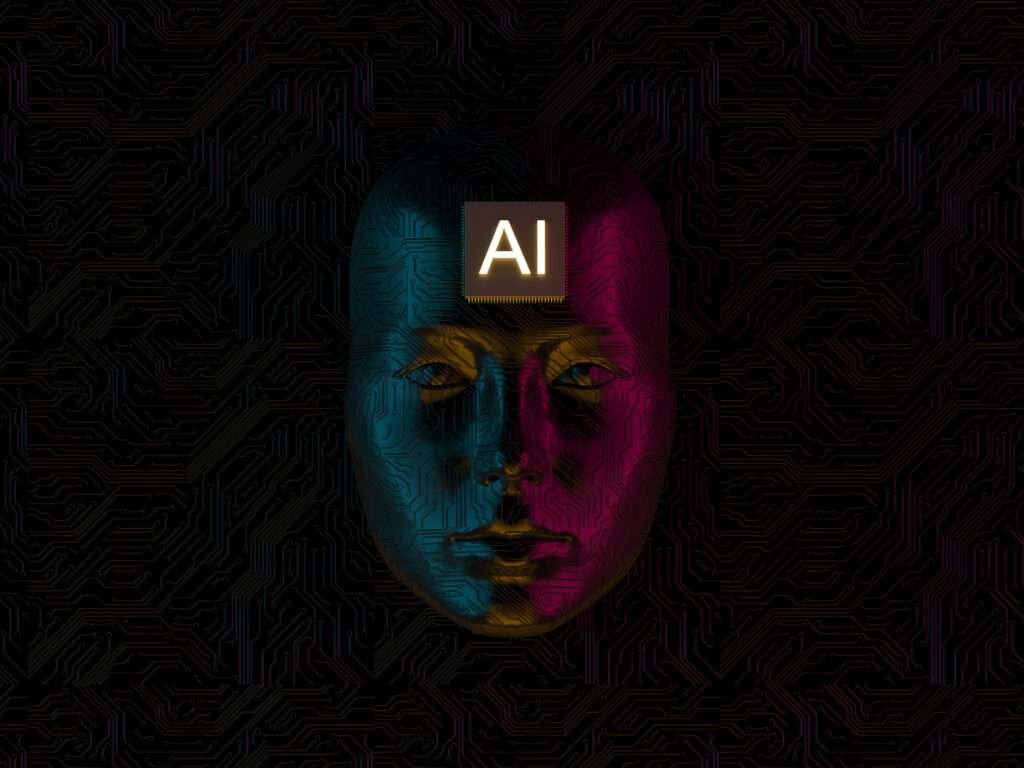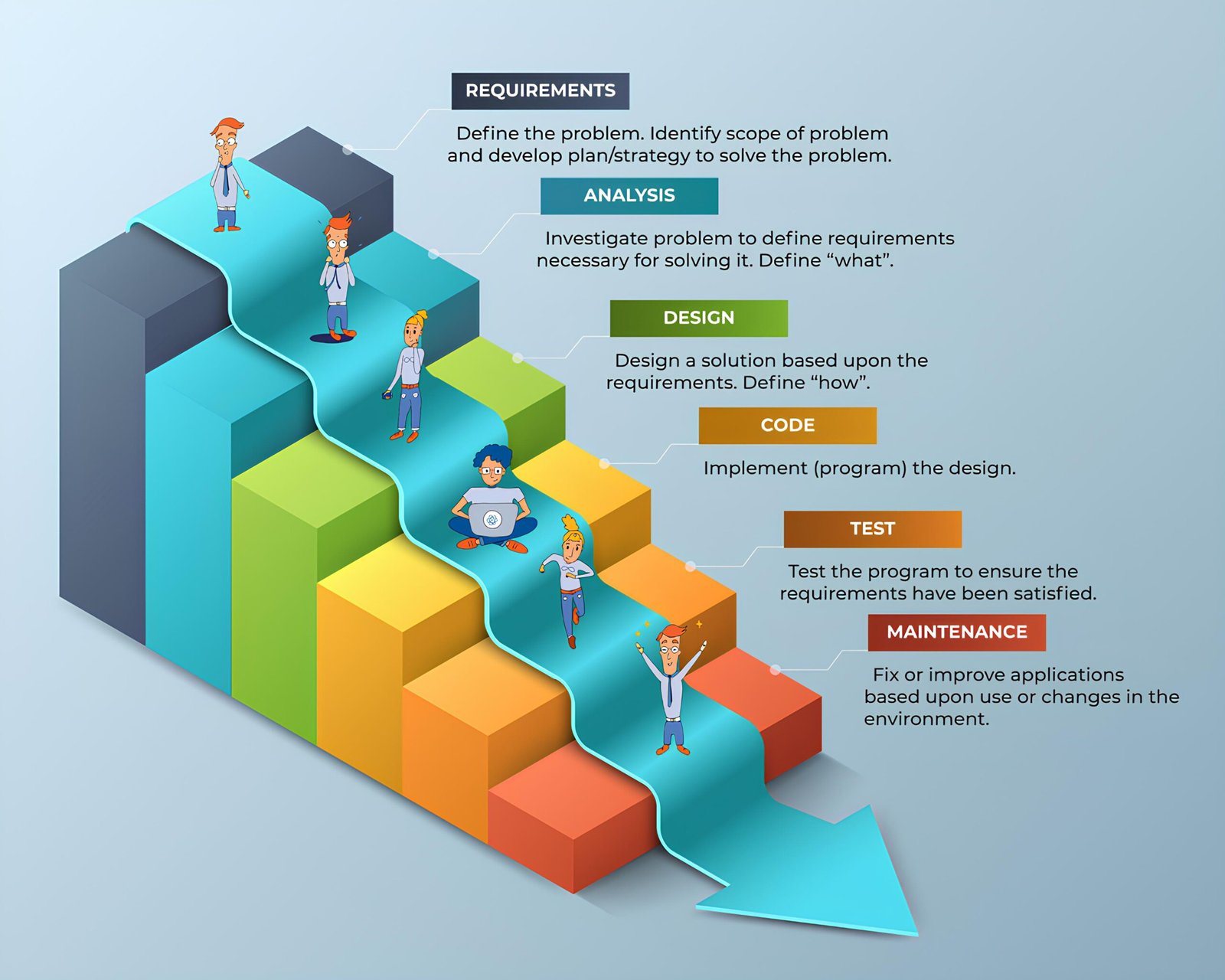What is AI Bias? Types and Examples
Maaz Khalid
April 30, 2024
In the burgeoning era of artificial intelligence (AI), where machines are increasingly entrusted with decision-making processes, a critical concern arises – the potential for inherent biases to permeate these systems. As AI algorithms continue to shape our lives in profound ways, from healthcare diagnostics to recruitment processes, it becomes imperative to address the issue of bias and strive for equitable and ethical AI solutions.
The Roots of AI Bias: Understanding the Underlying Causes
AI bias, also known as algorithm bias or machine learning bias, refers to the systematic errors or prejudices that can arise within AI systems, leading to unfair or discriminatory outcomes. These biases can stem from various sources, including the data used to train the algorithms, the algorithms themselves, or the individuals involved in the development process.
One of the primary sources of AI bias lies in the training data. If the data used to train an AI model is not diverse or representative, it can lead to biased outputs that reflect and perpetuate existing societal biases. For instance, if a facial recognition algorithm is trained predominantly on images of individuals from a specific ethnic group, it may perform poorly when recognizing faces from underrepresented groups.
Additionally, cognitive biases – the unconscious errors in human thinking and decision-making processes – can inadvertently seep into AI systems. These biases can manifest during data collection, labeling, or even in the design of the algorithms themselves, as developers may unknowingly introduce their own preconceptions and assumptions into the models.
The Spectrum of AI Bias: Exploring Different Types and Examples
AI bias can manifest in various forms, each with its own unique challenges and implications. Some of the most prevalent types of bias include:
-
- Selection Bias: This occurs when the data used to train an AI model is not representative of the population or scenario it is intended to model. For example, if a healthcare AI system is trained primarily on data from urban hospitals, it may fail to accurately diagnose or treat patients from rural areas with different demographic profiles.
-
- Measurement Bias: This type of bias arises when the data collected differs systematically from the actual variables of interest. For instance, if an AI system designed to predict student success is trained solely on data from students who completed a course, it may fail to accurately predict the performance of those who dropped out, leading to skewed results.
-
- Stereotyping Bias: AI systems can inadvertently reinforce harmful stereotypes if the training data or algorithms reflect societal biases. A prominent example is the controversy surrounding Amazon’s experimental hiring tool, which was found to favor male candidates over female applicants due to the historical data it was trained on, reflecting the male-dominated tech industry.
-
- Confirmation Bias: This bias occurs when an AI system is tuned to rely too heavily on pre-existing beliefs or trends in the data, reinforcing existing biases and failing to identify new patterns or trends.
-
- Out-group Homogeneity Bias: When an AI system is less capable of distinguishing between individuals who are not part of the majority group in the training data, this can result in misclassification or inaccuracies when handling data from minority groups.
These examples highlight the pervasive nature of AI bias and its potential to perpetuate discrimination and inequality across various domains, from healthcare and finance to employment and criminal justice.
The Ripple Effect: Consequences of AI Bias in Real-World Scenarios
The implications of AI bias extend far beyond theoretical concerns, as they can have profound real-world consequences. One poignant example is the case of a healthcare risk-prediction algorithm used in the United States, which was found to favor white patients over black patients due to its reliance on historical healthcare spending as a proxy for medical needs. This algorithm, utilized by millions of Americans, perpetuated systemic inequalities in healthcare access and quality.
Another alarming instance of AI bias was the revelation that Google’s online advertising system displayed high-paying job advertisements more frequently to male users than female users. Such biases in the realm of employment not only reinforce gender stereotypes but also hinder equal opportunities and contribute to the perpetuation of societal inequalities.
These real-world examples underscore the urgency of addressing AI bias, as its ramifications can exacerbate existing systemic biases, erode public trust in AI systems, and ultimately undermine the potential benefits of this transformative technology.

Towards Ethical AI: Strategies for Mitigating Bias
Recognizing the pervasive nature of AI bias is the first step towards developing strategies to mitigate its impact. While the path to achieving truly unbiased AI systems may be arduous, there are several approaches and best practices that can help minimize bias and promote ethical AI development.
-
- Diversifying Data: Ensuring that the data used to train AI models is diverse, representative, and inclusive is crucial. This can be achieved through deliberate data collection efforts, partnerships with diverse communities, and the use of techniques like data augmentation or synthetic data generation.
-
- Algorithmic Debiasing: Researchers and developers are exploring various algorithmic techniques to mitigate bias, such as adversarial debiasing, which involves training AI models to be invariant to certain protected attributes like race or gender, or counterfactual fairness, which ensures that a model’s decisions remain consistent even when sensitive characteristics are altered.
-
- Human-in-the-Loop Systems: Incorporating human oversight and intervention into AI decision-making processes can help identify and correct biases. By implementing “human-in-the-loop” systems, where human experts review and validate AI outputs, organizations can introduce an additional layer of scrutiny and accountability.
-
- Transparency and Explainability: Promoting transparency and explainability in AI systems is crucial for identifying and addressing biases. By making AI models interpretable and their decision-making processes understandable, stakeholders can better scrutinize the systems for potential biases and take corrective actions.
-
- Multidisciplinary Collaboration: Addressing AI bias requires a multidisciplinary approach that brings together experts from diverse fields, including computer science, ethics, social sciences, and domain-specific knowledge. By fostering collaboration and incorporating diverse perspectives, organizations can develop more holistic and inclusive AI solutions.
-
- Governance and Regulation: Establishing robust governance frameworks and regulatory guidelines can help ensure accountability and ethical practices in AI development. These frameworks should address issues such as data privacy, fairness, and transparency, while providing clear guidelines for mitigating bias and promoting responsible AI.
-
- Continuous Monitoring and Adaptation: As AI systems are deployed in real-world scenarios, it is essential to continuously monitor their performance and adapt to emerging biases. This may involve implementing feedback loops, conducting regular audits, and updating models and datasets as needed to maintain fairness and accuracy.
Addressing AI bias is not a one-time endeavor but rather an ongoing process that requires vigilance, collaboration, and a commitment to ethical AI development. By embracing these strategies and fostering a culture of inclusivity and accountability, organizations can harness the transformative potential of AI while mitigating the risks of perpetuating harmful biases.
Reshaping Education: Fostering Ethical AI Literacy
While technological solutions are crucial in mitigating AI bias, a fundamental shift in our approach to education is equally important. As AI systems become increasingly integrated into various aspects of our lives, it is essential to equip individuals with the knowledge and skills to critically analyze and understand the ethical implications of these technologies.
Incorporating AI ethics and bias awareness into science, technology, engineering, and mathematics (STEM) curricula can empower future generations to develop a deeper understanding of the societal impacts of AI. By fostering multidisciplinary collaborations between computer scientists, ethicists, and social scientists, educational institutions can cultivate a holistic approach to AI development that prioritizes fairness, accountability, and inclusivity.
Moreover, promoting diversity and inclusivity within the AI workforce itself can play a pivotal role in identifying and addressing biases. By encouraging diverse perspectives and lived experiences, organizations can better recognize and mitigate the unconscious biases that may permeate their AI systems.
Ultimately, reshaping education to foster ethical AI literacy is not merely a matter of technical proficiency but a commitment to nurturing a culture of responsible innovation that prioritizes the well-being of all members of society.
The Path Forward: Continuous Vigilance and Collaborative Efforts
As AI continues to permeate every aspect of our lives, addressing the issue of bias is not a luxury but a necessity. The consequences of ignoring AI bias can be far-reaching, exacerbating existing societal inequalities and eroding public trust in these transformative technologies.
To truly harness the potential of AI while mitigating its risks, a concerted effort from all stakeholders is required. Researchers, developers, policymakers, educators, and the broader public must collaborate to foster a culture of ethical AI development, where fairness, accountability, and inclusivity are at the forefront.
By embracing a multidisciplinary approach, leveraging technological solutions, and fostering ethical AI literacy, we can navigate the complex landscape of AI bias and work towards a future where these powerful technologies serve as catalysts for positive change and societal progress, rather than perpetuating harmful biases and inequalities. In the end, the journey towards unbiased AI is not a destination but a continuous process of vigilance, adaptation, and collaborative efforts.
It is a pursuit that requires us to confront our own biases, challenge long-held assumptions, and embrace the principles of inclusivity and equity. Only by doing so can we truly unlock the transformative potential of AI and create a future where these technologies uplift and empower all members of society, without discrimination or prejudice.
Subscribe to our newsletter to receive future updates on Technology, Artificial Intelligence (AI), and Tech Trends. Explore our categories to find more relevant stuff. Stay informed and motivated with our most recent insights!



